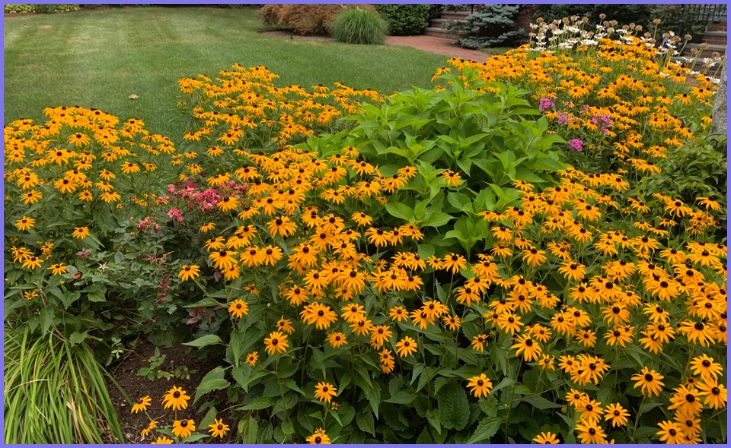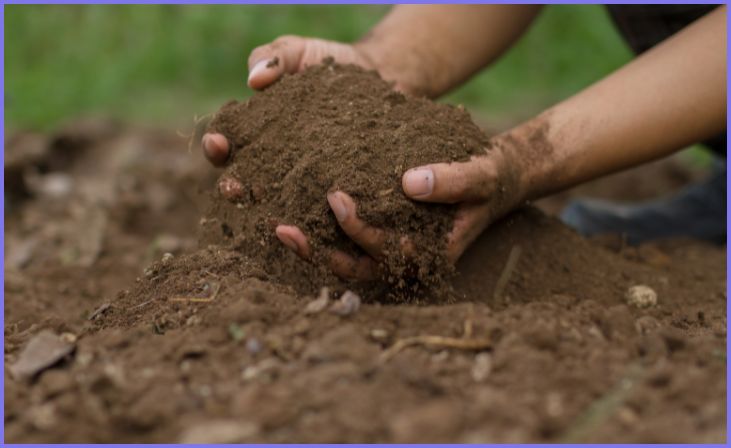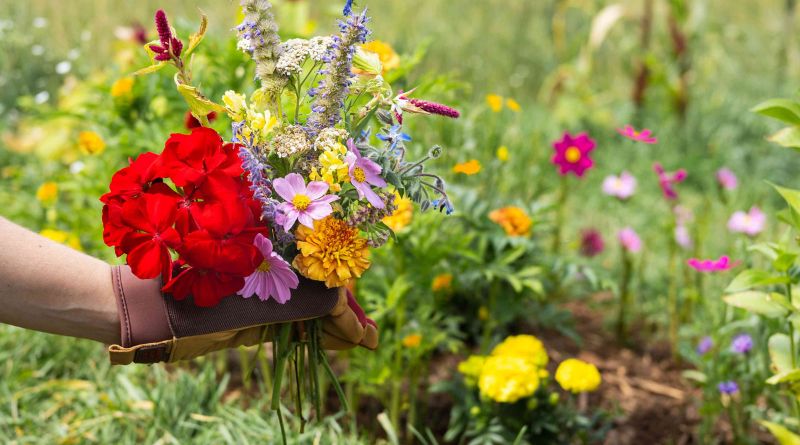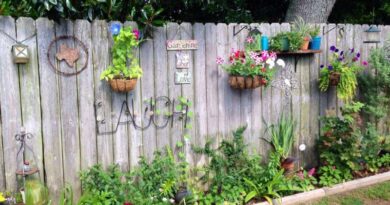So, you’ve decided to venture into the world of cut flower gardening? Congratulations! Not only is it a rewarding hobby, but it also adds beauty and charm to your surroundings. Whether you’re a seasoned gardener looking to expand your repertoire or a complete newbie with a green thumb, starting a cut flower garden is an exciting journey. Here are seven essential tips to help beginners kickstart their cut flower garden:
1. Choose the Right Location

Selecting the ideal location is crucial for the success of your cut flower garden. Most flowering plants require ample sunlight, so opt for a spot that receives at least 6-8 hours of direct sunlight per day. Ensure the area has well-drained soil to prevent waterlogging, as excessive moisture can lead to root rot. Additionally, consider proximity to a water source for easy irrigation.
2. Determine Your Garden Design
Before you start planting, envision the layout and design of your cut flower garden. Determine the size, shape, and arrangement of beds or containers based on available space and aesthetic preferences. You can opt for traditional rows, raised beds, or even incorporate vertical gardening techniques for a space-saving approach. Planning ahead will help optimize space and ensure a visually appealing garden.
3. Select the Right Flowers
When choosing flowers for your cut flower garden, consider factors such as bloom time, color palette, and fragrance. Select a mix of annuals and perennials to enjoy continuous blooms throughout the seasons. Popular choices for beginners include sunflowers, zinnias, cosmos, marigolds, and daisies. Experiment with different varieties to discover what thrives best in your garden’s conditions.
4. Prepare the Soil

Healthy soil is the foundation of a thriving cut flower garden. Prior to planting, test the soil pH and amend it with organic matter such as compost or aged manure to improve fertility and texture. Incorporate a balanced fertilizer to provide essential nutrients for plant growth. Regularly aerate the soil to promote root development and enhance overall plant health.
5. Plant with Care
When it comes to planting your cut flower garden, proper spacing is key to ensure adequate air circulation and prevent overcrowding. Follow planting instructions specific to each flower variety, considering factors such as depth, spacing, and planting time. Water newly planted flowers gently to settle the soil and provide hydration to the roots. Mulch around plants to retain moisture and suppress weed growth.
6. Provide Adequate Care
Maintaining your cut flower garden requires regular attention and care. Monitor soil moisture levels and water plants as needed, especially during dry spells or hot weather. Deadhead spent blooms to encourage continuous flowering and prevent seed formation. Keep an eye out for pests and diseases, and take appropriate measures to control them using organic methods whenever possible.
7. Harvest and Enjoy

One of the joys of having a cut flower garden is being able to harvest your own blooms to enjoy indoors or share with others. When harvesting flowers, use sharp pruners to make clean cuts at an angle, and place stems immediately in a bucket of water to prevent wilting. Harvest flowers in the early morning or late evening when they’re at their freshest, and remove any foliage that will be submerged in water to prolong vase life.
Starting a cut flower garden is a delightful journey filled with learning and discovery. With these tips in mind, beginners can embark on their gardening adventure with confidence, creating a beautiful oasis of blooms to cherish and share for years to come. Happy gardening!







